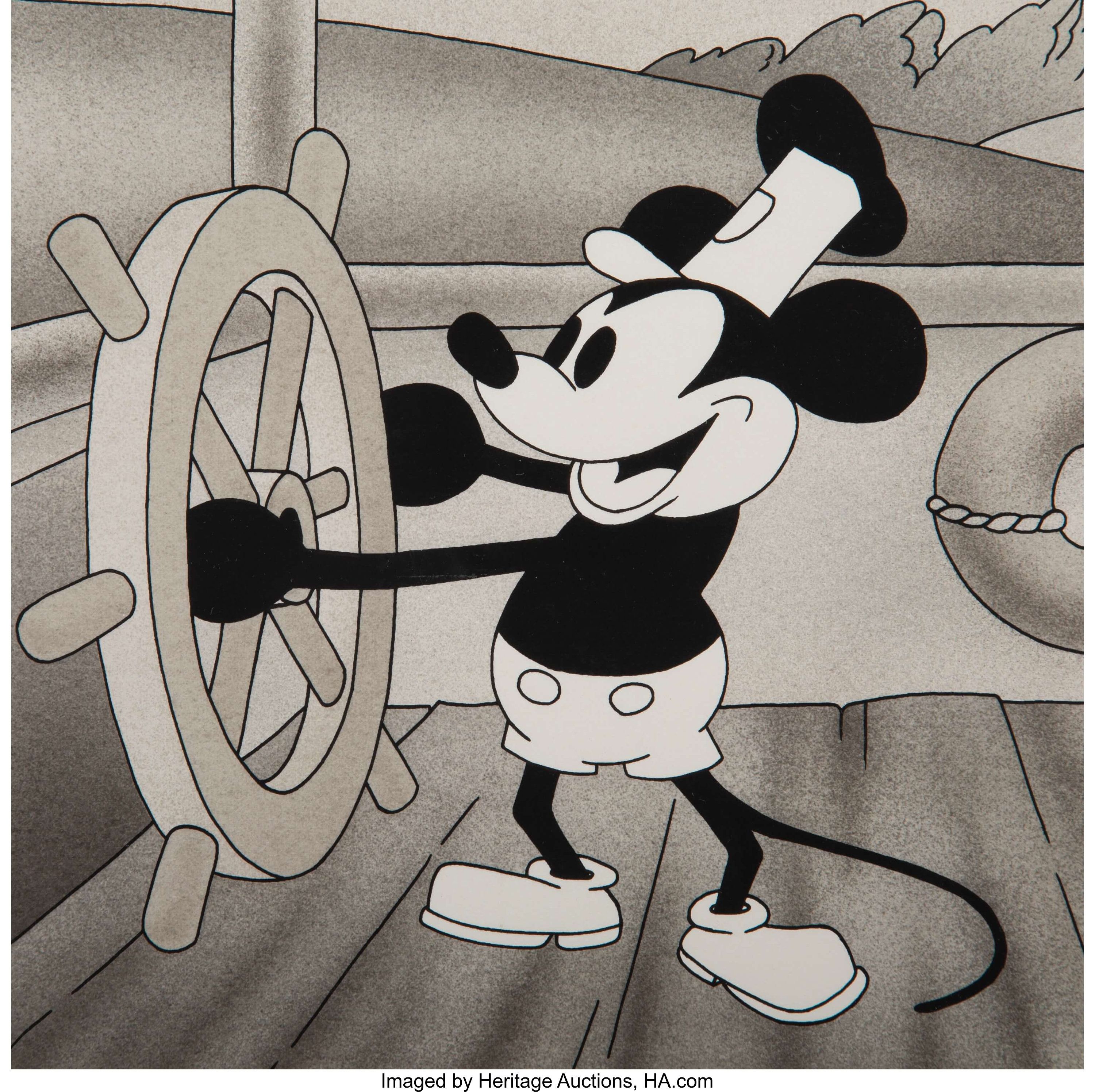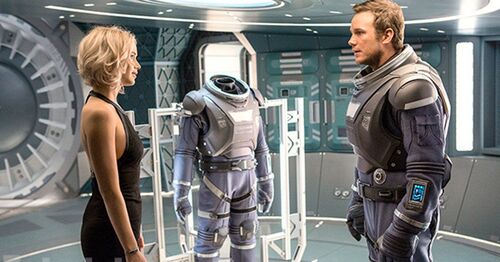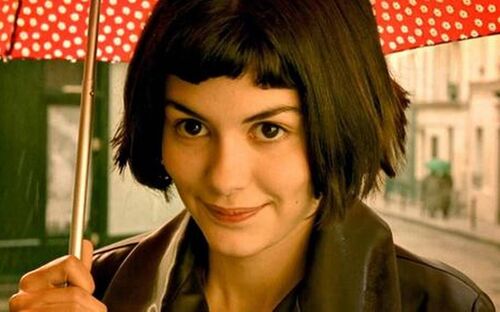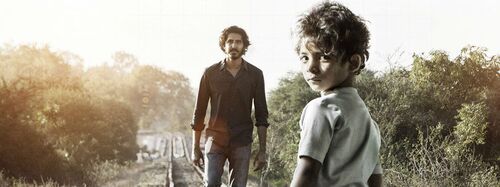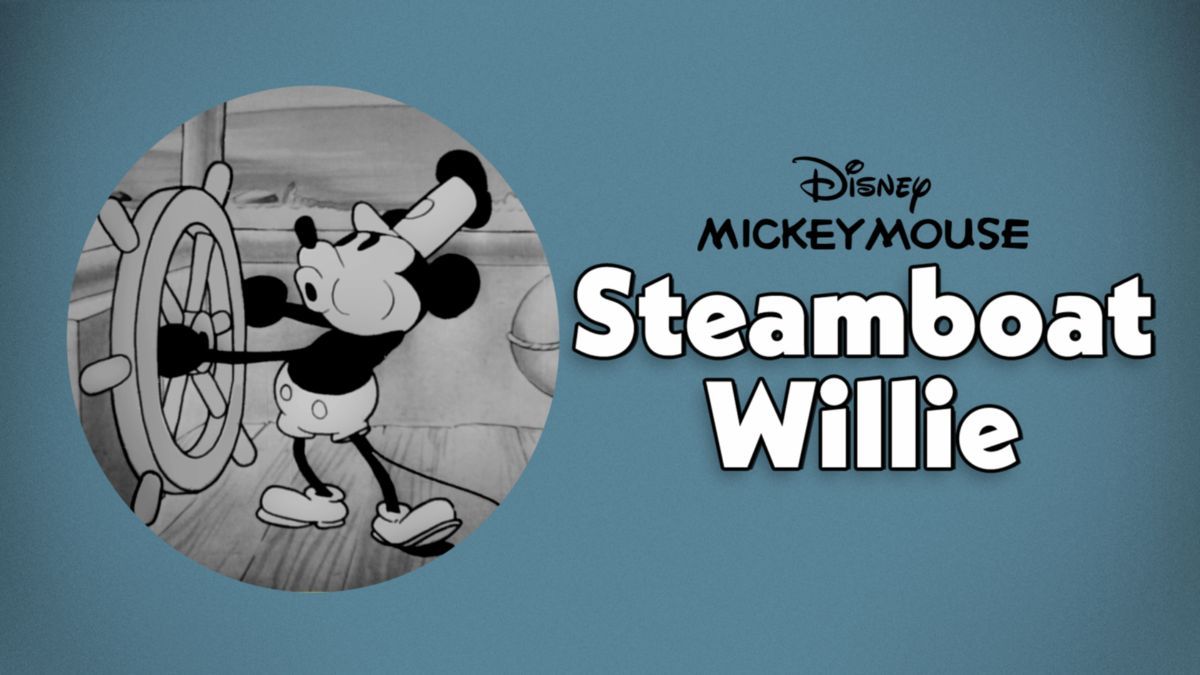
‘Steamboat Willie’ (1928) Review
 When Walt Disney directed a short film about a mouse in 1928, optimistic though he was about its success, he could not have imagined the lasting impact that this diminutive rodent would have on animation, the film industry and children’s lives the world over. ‘Steamboat Willie’ is Mickey Mouse’s official introduction to the world. We meet the cheeky mouse steering a steamboat whilst whistling ‘Steamboat Bill’. He sounds the ship’s whistles and life seems good. Pete the cat, who became Mickey’s nemesis, angrily takes the wheel from Mickey, who is sent away with a flea in his ear. Then ensues a catalogue of slapstick, typical of live action movies of the time.
When Walt Disney directed a short film about a mouse in 1928, optimistic though he was about its success, he could not have imagined the lasting impact that this diminutive rodent would have on animation, the film industry and children’s lives the world over. ‘Steamboat Willie’ is Mickey Mouse’s official introduction to the world. We meet the cheeky mouse steering a steamboat whilst whistling ‘Steamboat Bill’. He sounds the ship’s whistles and life seems good. Pete the cat, who became Mickey’s nemesis, angrily takes the wheel from Mickey, who is sent away with a flea in his ear. Then ensues a catalogue of slapstick, typical of live action movies of the time.
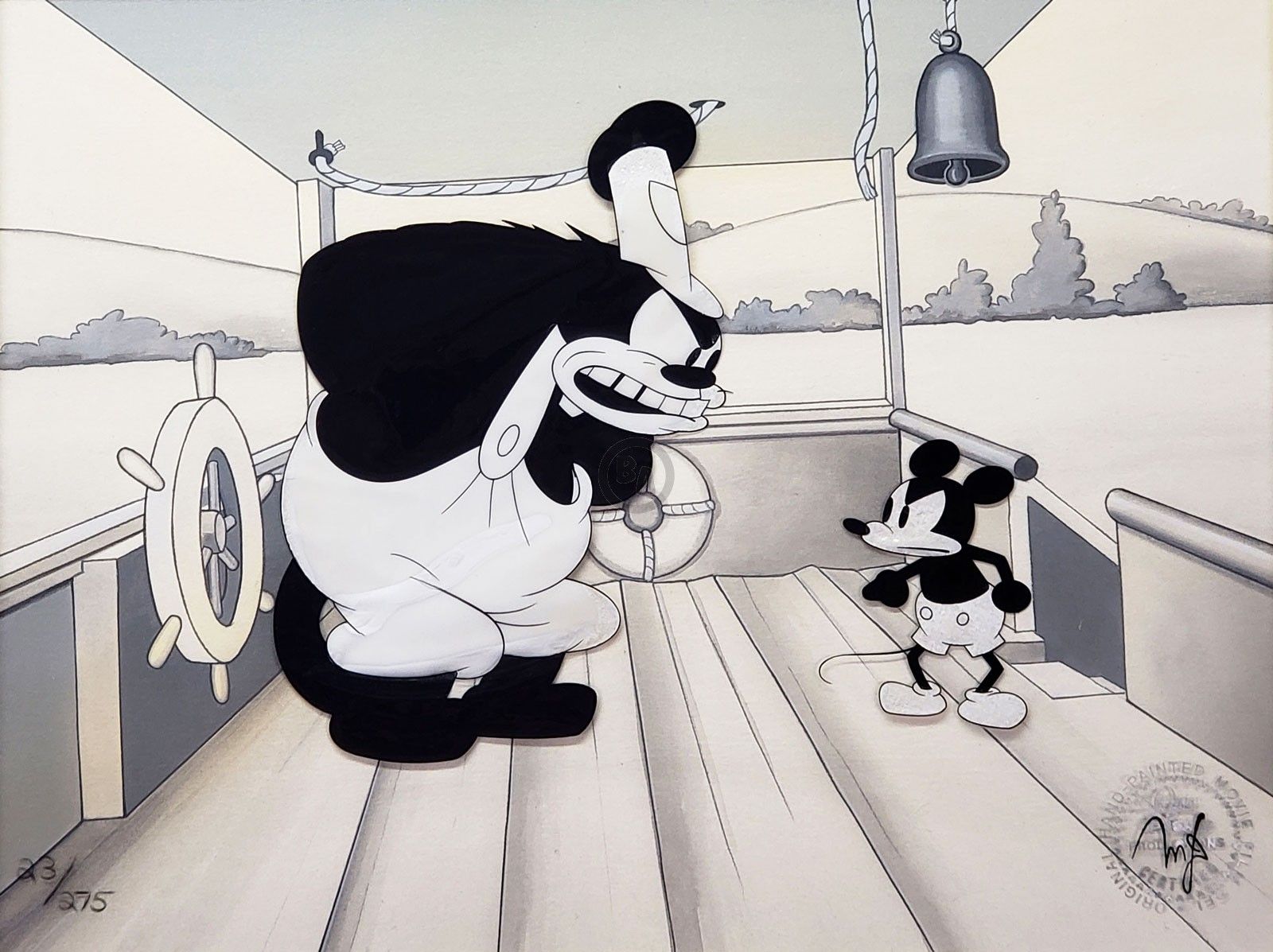
Minnie Mouse
Mickey is single for just minutes, because in this iconic piece we also meet Minnie Mouse. She misses the boat, but Mickey delivers her on board using a crane. In true cartoon style, the plot moves from the sublime to the ridiculous and Mickey’s and Minnie’s first meeting transcends new levels of farce, when our mischievous protagonists cleverly turn the travelling livestock into living instruments. Mickey and companions are ‘human’ in most respects, yet the livestock behave like animals. This apparent breaking of rules is so embedded in our experience that not only is it accepted, but also it is barely noticed, like the lack of a fourth finger on Mickey’s hand and on a multitude of cartoon characters henceforward.
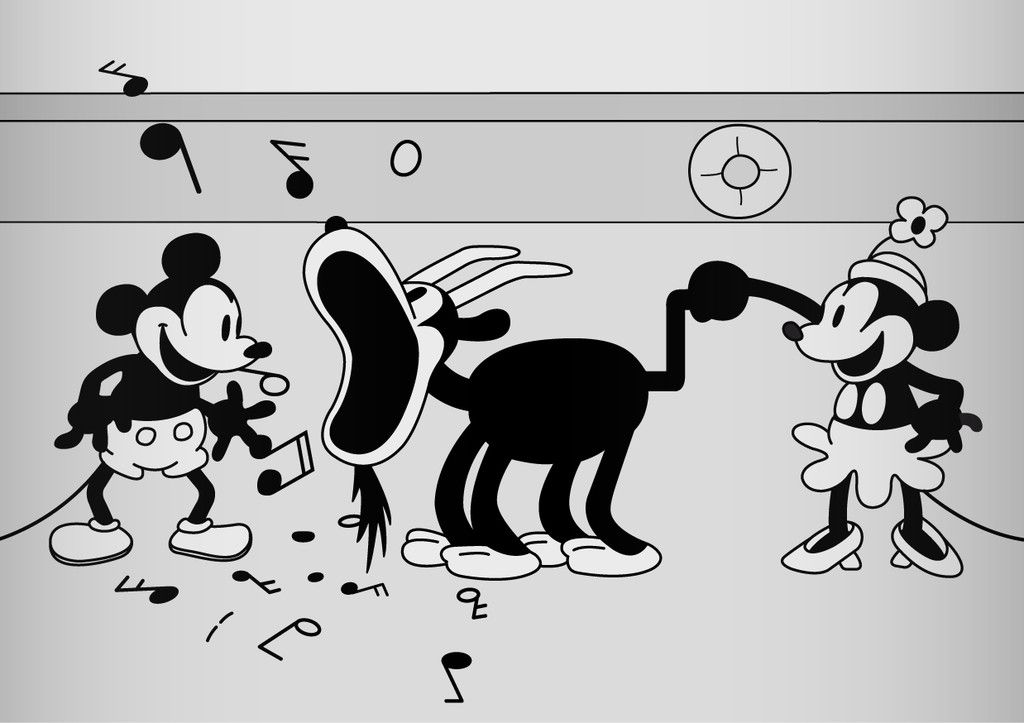
Setting the Standard
‘Steamboat Willie’ earns its current prestige, not only because it is the first Disney cartoon with fully synchronised sound, but also because it sets the standard for cartoons. From the ability to bounce back from eye-popping bodily damage (look out for Mickey stuffing his elongated torso back into his clothes while it magically pings back into shape) to the bizarre personification of inanimate objects (the ship’s crane is a sensitive soul) it is clear that Disney was a key player in the Golden Age of Animation.
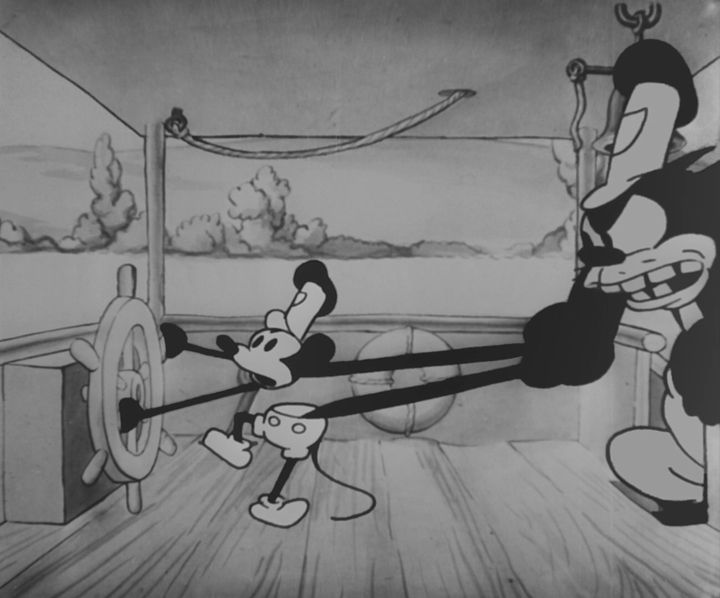
Started with a Mouse
In recent decades, we have entered a second Golden Age, with the advent of stop motion like ‘The Clangers’ and more recently, intelligent cartoons like ‘The Simpsons’ and the sophistication of computer animated movies with witty scripts, of which ‘Toy Story’ heralded the start. But the foundations were laid with the early cartoons and these foundations are cleverly thrust in our faces with The Simpsons’ satirical look at the conventions of animation, with the meta cartoon ‘Itchy and Scratchy’ and its characters’ sheer indestructibility in the wake of extreme, disturbing and graphic violence.
With reference to his empire, Disney is famous for saying “that it was all started with a mouse” and this is indisputable. It is fitting that Mickey’s ears have become the enduring symbol of Disney and in some contexts, of animation in general. However, he could not have known the full scale of what he was starting: in the big scheme of things, given that moving pictures - especially ‘talkies’ - were still in their infancy, one wonders how long the world would have waited for animation without Disney.
